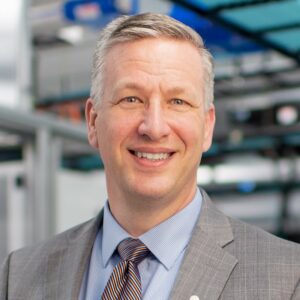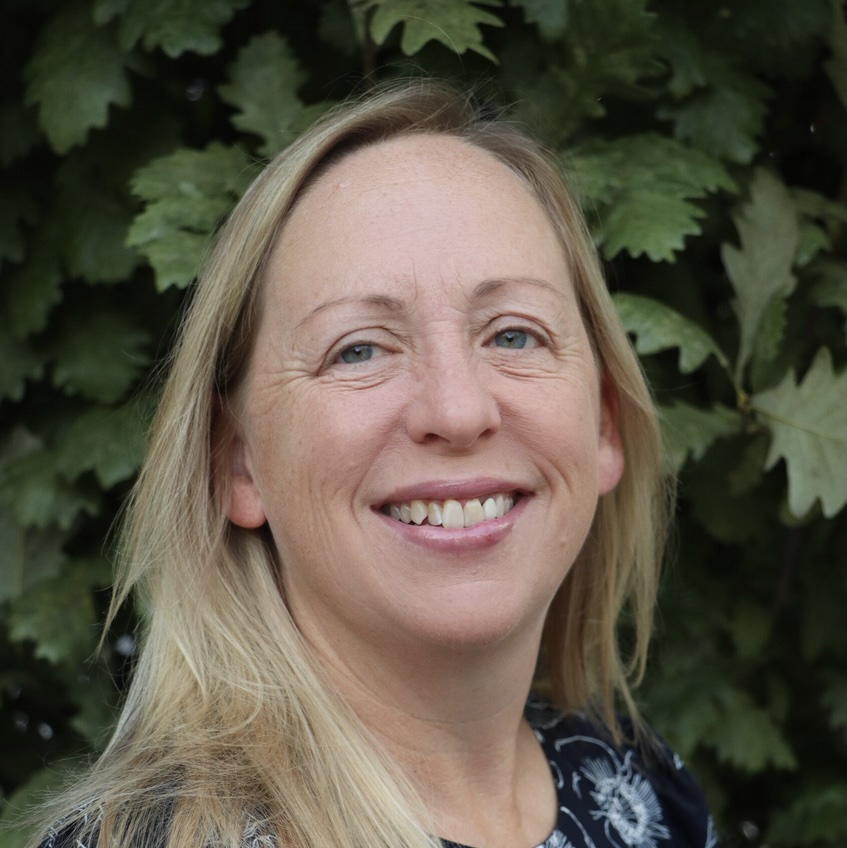Before any potential vendor can partner with St. Jude Children’s Research Hospital, Keith Perry has one requirement: a road trip. Perry, who has served in the CIO role for nearly 10 years, wants vendors to tour the Memphis, Tenn.-based organization and learn about the mission before any negotiations start.

Keith Perry
“I want them to understand what we're trying to do and what we're trying to accomplish, and I want them to see it firsthand. I want them to walk the hallways and see the kids and see the families,” he said. “Put yourself in their shoes. Then, we can talk about technology and the problem we’re trying to solve.” Any partner, Perry emphasized, needs to “advocate internally within their teams on our behalf and come forward with ideas that help us.”
Everything centers around the mission of eradicating catastrophic pediatric diseases through both top-notch patient care and a strong focus on research, according to Perry. During a Keynote interview, he spoke about how his team is working to leverage AI and other tools to create “the pediatric exam room of the future” without adding to the complexity and tech debt that can hinder progress. Perry also offered professional development advice for current and future leaders.
Envisioning the future
When it comes to AI and other advanced technologies, there’s no doubt about the potential they have to transform care. The challenge comes in determining the best path forward, noted Perry, adding that “future-proofing” technology that’s already in place isn’t going to cut it. “We’ve spent an inordinate amount of time envisioning what that exam room of the future is going to look like.”
One of components, he believes, is ambient listening, which some organizations are already leveraging to improve care coordination and delivery. “We’ve done models looking at how that flows today, but we know that's going to be evolving as we introduce different types of tests and what they mean. It’s been a really fun endeavor thinking through what tomorrow looks like.”
Keeping families together
For some use cases, that ‘tomorrow’ isn’t too far away, said Perry, whose team is looking at innovative technologies that can improve processes such as pre-surgical blood collection. Although St. Jude’s is able to cover the costs of care for patients, along with transportation, housing, and meals, reducing the burden on families, the organization isn’t stopping there. And so, rather than having patients and their families leave the hotel or housing facility and travel across campus to draw blood on the morning of an appointment or procedure, they’re looking to “push that challenge to housing,” he stated. While there are “technical challenges associated with that, it has been an exciting opportunity to rethink and reimagine how we can improve the delivery of care to our patients.”
Tech debt
This type of innovation, however, has to be approached deliberately, according to Perry, who cautioned against the “downstream complexity” that comes with any technology initiative, from protecting data and digital assets to ensuring applications are operationalized to support clinicians. “It’s part of the transition and evolution of an IT organization,” he noted. “Once you’re able to put something in place that reduces the complexity of the technical stack and the technical debt that you have, it allows your team to think differently.”
The GenAI piece
Another area that requires new thinking is GenerativeAI, which has “exploded in terms of allowing us to rethink how we can use this new tool in a thoughtful manner that helps advance our mission,” said Perry, noting that the transformation has been “fun to watch.” Like many organizations, especially in the pediatric space, St. Jude is monitoring several use cases for GenAI across administrative, clinical, and research areas, and has established governance to determine how to utilize it in various settings.
And as CIO, it’s critical that Perry can serve in an advisory capacity. “That’s part of my role to help the organization look through the window of technology and see the possibilities, but also understand there are other windows and considerations,” including risk mitigation. “It’s working through that and helping the organization to see the opportunity that’s in front of us.”
The reluctant CIO
Perry speaks from experience, as the ability to see opportunities has proven pivotal in his career. Interestingly, his initial interest in technology was rooted in being able to avoid “talking to people,” but pursuing an MBA in Business Administration helped open his eyes to a possibility he hadn’t considered: healthcare.
Shortly into his tenure with HCA, Perry had fallen in love with healthcare – specifically, “the opportunity to be somebody who is focused on technology and how we can give back and help the healthcare industry save lives,” he said. Landing a role with MD Anderson Cancer Center, where he served for 13 years, further cemented his desire to conquer cancer and “make it my life’s work to serve that segment of catastrophic disease,” one that robbed him of the chance to get to know his grandparents.
Serving the mission
Being recruited to join St. Jude’s as CIO was the icing on the cake for Perry, who was impressed by the dedication to service. “That's something that you pick up on quickly when you come to campus and you'll see us go out of our way for a patient and their family,” he noted. For example, when food trucks arrive on campus, it’s quite common for staff to encourage patients and families to “cut” the line. “They’re time is more valuable – that permeates the culture here.”
As CIO, one of his key priorities is to ensure that spirit is reflected in the IT strategy. “We want to make sure our technology is serving the mission” by providing the tools and support needed to provide quality care. Doing so, however, doesn’t mean saying yes to everything, which can be detrimental. Instead, the goal is to “make sure you're doing the right thing for St Jude’s – not just today but a year from now, five years from now, ten years from now,” he said. “It goes back to our core values, which is to work collaboratively to make others successful.”
Career advice
It’s a philosophy that has guided him well throughout his career. Of course, it didn’t develop overnight, according to Perry, who offered words of advice for those who aspire to leadership roles.
The first is to seek higher education. “One thing I tell people who are strong technologists is to branch out into the business,” he noted. By obtaining an MBA, for example, leaders can “make yourself valuable in the room when they're talking about the business.” Another smart move is to expand clinical knowledge, which can help individuals add value to conversations with physician and nursing leaders.
Finally, he emphasized the importance of gaining diverse perspectives. “Don’t be afraid to move around,” said Perry, whose previous experiences include managing networks, data centers, telecom and client servers. “I’ve done basically every job in IT and healthcare,” he added. “That prepares you for conversations with your peers and leaders because you know what systems they need, and you know the challenges they're trying to work through. That just further prepares you for growth and your career journey.”


Questions about the Podcast?
Contact us with any questions, requests, or comments about the show. We love hearing your feedback.

© Copyright 2024 Health Lyrics All rights reserved